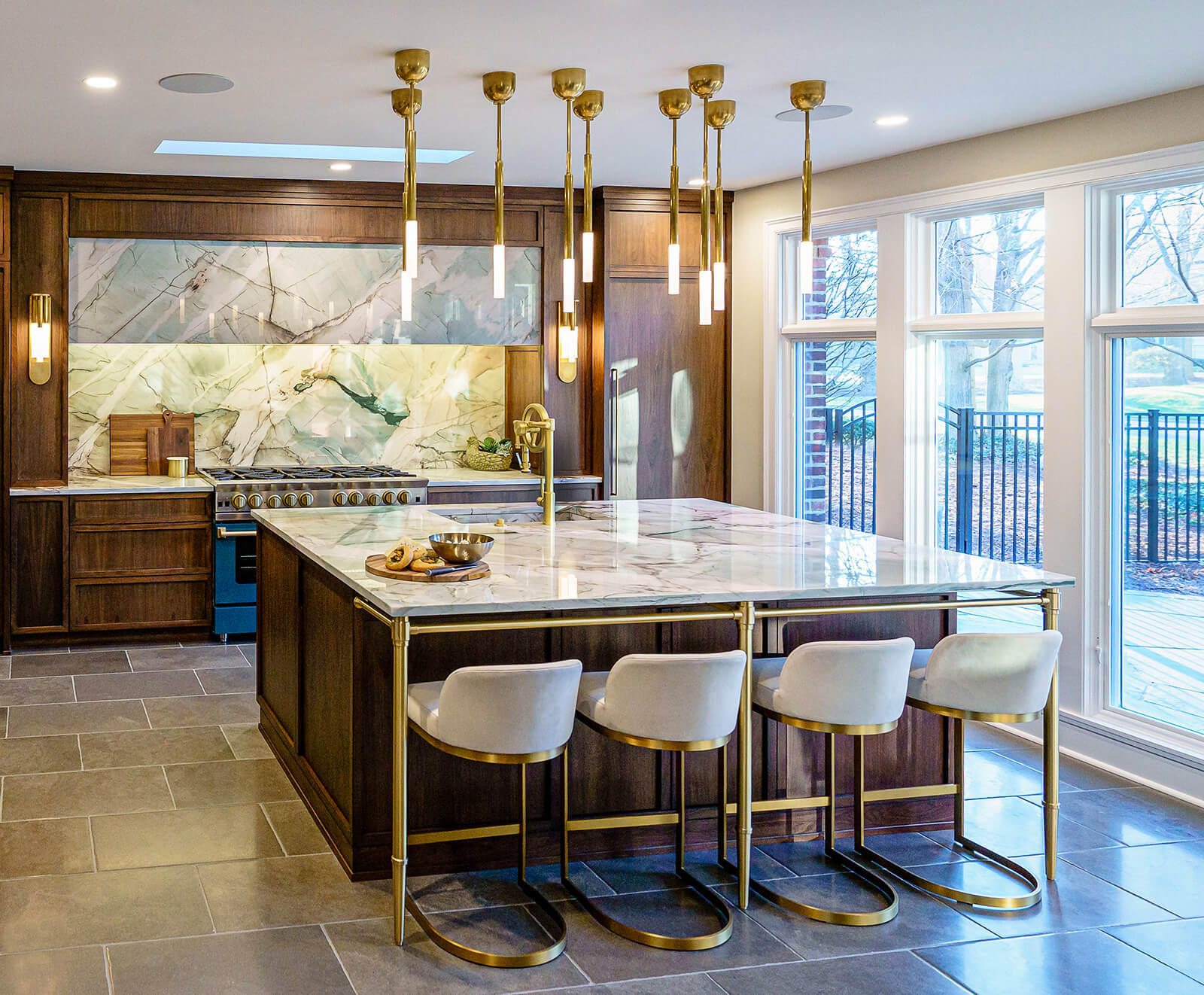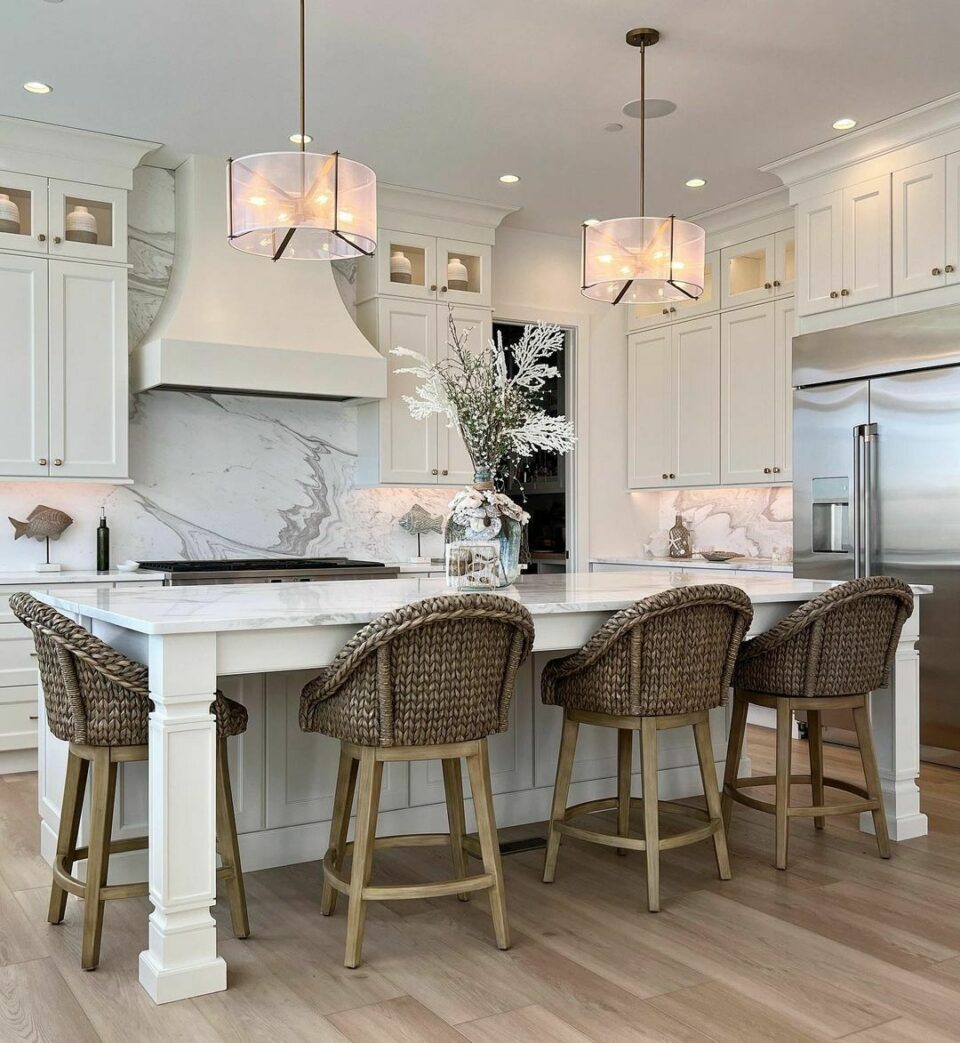Transform Any Type Of Kitchen Area with Beautiful Legs For Kitchen Island Selections
Transform Any Type Of Kitchen Area with Beautiful Legs For Kitchen Island Selections
Blog Article
Vital Elements to Consider When Selecting Legs For Cooking Area Island
Picking the proper legs for a kitchen area island includes a careful analysis of several elements that can considerably influence both capability and aesthetic appeal. Amongst these, the option of material plays a pivotal duty in making sure sturdiness, while the design has to match the existing design. Considerations such as elevation and weight support are essential for security and comfort. As we discover these elements, it comes to be clear that each decision can have far-ranging ramifications for the overall kitchen area experience. What nuances should be taken into consideration in each of these groups to achieve the excellent balance?
Material Options
When choosing legs for a cooking area island, comprehending the different product options is vital for attaining both aesthetic charm and architectural honesty (Legs For Kitchen Island). The choice of material substantially affects not just the toughness of the island however additionally its total design and performance
Timber is a preferred selection, offering warmth and flexibility. Strong woods, such as oak or maple, give strength and can be stained or painted to match the kitchen design. Steel legs, commonly made from stainless-steel or functioned iron, add a modern and industrial feel while ensuring resilience and stability. These materials are resistant to wear and can support substantial weight, making them perfect for larger islands.
One more choice is engineered materials, like MDF or plywood, which can be extra economical while still using a series of surfaces. However, they might not give the exact same level of stability as strong wood or metal. Finally, materials such as acrylic or glass can develop a modern look, though they might need additional assistance to make sure stability.
Ultimately, the option of material for cooking area island legs must align with the wanted performance and the general motif of the kitchen area.
Style and Layout

When thinking about style, the shape and surface of the legs are important. Conical legs can supply a feeling of agility and sophistication, while thicker, a lot more durable legs can communicate stamina and stability. Additionally, the finish-- be it painted, tarnished, or all-natural-- need to enhance the cabinets and counter top materials to create a unified look.
Moreover, the layout of the legs can additionally show personal taste. Custom or attractive legs, such as those including complex carvings or distinct geometric forms, can work as centerpieces, adding character and individuality to the kitchen area. Eventually, the best selection will certainly not only enhance capability however also boost the visual appeal, making the cooking area island a standout attribute of the home.
Height Factors To Consider
Choosing the ideal height for kitchen area island legs is crucial, as it directly influences both functionality and convenience. The standard height for a kitchen area island commonly ranges from 36 to 42 inches, lining up with usual countertop elevations.

It is also important to represent individuals' heights and preferences. Customizing the elevation can guarantee a comfortable experience for all relative, making the cooking area island a more functional and enjoyable room.
Weight Support
Ensuring appropriate weight support for kitchen area island legs is important for both security and capability. The kitchen area island frequently offers multiple objectives, including food prep work, eating, and additional storage, requiring a robust assistance structure. When choosing legs, it is critical to think about the total weight capacity needed based upon the island's meant usage and the products that will be put on it.
The option of material for the legs plays a substantial function in their weight-bearing capacities. Solid wood, steel, and sturdy composites normally give exceptional stamina compared to lighter materials. In addition, the style of the legs-- whether they are directly, tapered, or have a pedestal kind-- can influence their capacity to disperse weight efficiently throughout the structure.
Additionally, the leg positioning must be tactically intended to improve stability. Legs positioned at the edges or with a bigger base can much better support much heavier loads. Constantly consult the supplier's requirements concerning tons limitations to make sure that the legs can maintain the desired weight without compromising safety. In summary, choosing kitchen area island legs with appropriate weight support is important for developing a useful and secure cooking area.
Setup and Maintenance
Proper installment and maintenance of kitchen island legs are critical for making certain long life and stability. To begin, it is crucial to comply with the producer's guidelines throughout setup. This frequently entails protecting the legs to the island base making use of suitable fasteners, making sure that the legs are level and straightened. Using a level device can help protect against wobbling and boost the general aesthetic charm of the kitchen island.
Once set up, regular maintenance is essential to preserve the stability and look of the legs - Legs For Kitchen Island. For wooden legs, regular cleansing with a damp fabric and application of suitable wood gloss can protect against moisture damages and keep their finish. Metal legs might require a gentle cleaning remedy to remove grease and gunk, adhered to by a dry cloth to stop corrosion formation
In addition, evaluate the legs routinely for indications of wear or damage, such as fractures or loosened joints. Tightening up screws or screws as required can likewise extend the life expectancy of the legs. By sticking to these setup and upkeep methods, house owners can make certain that additional hints their cooking area island continues to be tough and aesthetically appealing for several years to come.
Final Thought

Visual comprehensibility is paramount in choosing the style and layout of legs for a cooking area island, as these elements significantly influence the general atmosphere of the room. Conical legs can give a sense of lightness and beauty, while thicker, much more durable legs can communicate toughness and security.Picking the appropriate height for kitchen island legs is essential, as it directly impacts both functionality and comfort. In summary, selecting kitchen island legs with adequate weight support is essential for creating a safe and functional cooking room.
In final thought, choosing legs for a kitchen area island requires careful consideration of numerous variables, consisting of product choices, style, elevation, weight assistance, and setup.
Report this page